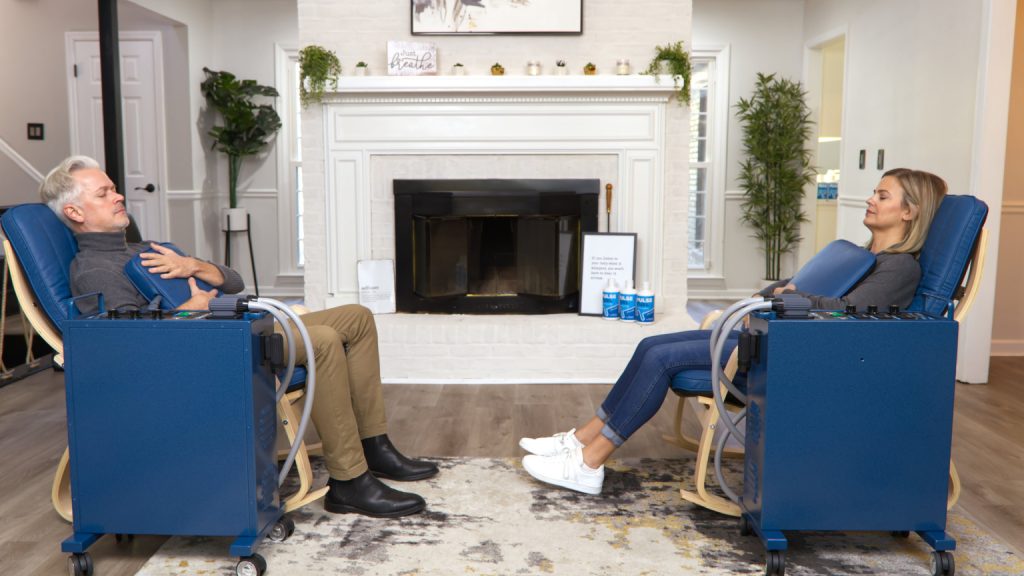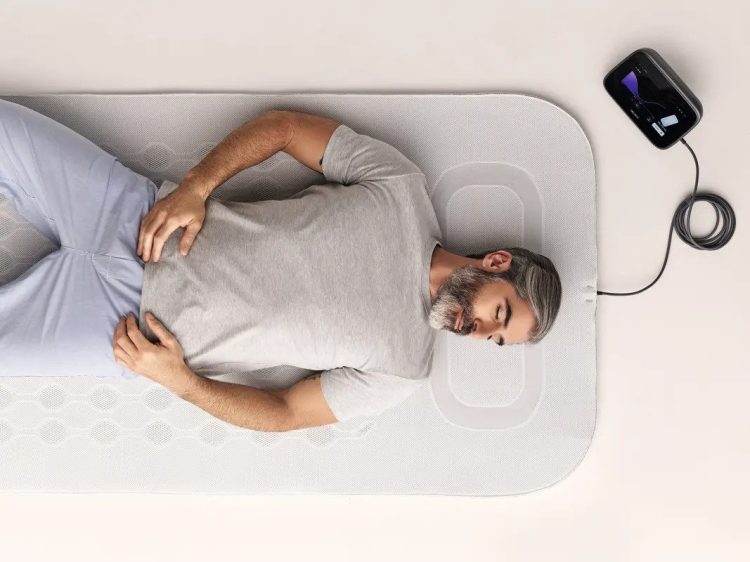In the ever-evolving world of wellness and alternative medicine, a fascinating resurgence is taking shape—one that taps into the very vibrations of our bodies and the world around us. Frequency therapies, long associated with fringe science and ancient practices, are experiencing a modern renaissance. From pulsed electromagnetic field (PEMF) therapy mats and Rife machines to sound harmonic sessions rooted in ancient solfeggio frequencies, these modalities are no longer relegated to spiritual retreats or obscure clinics. Instead, they’re showing up in biohacking centers, sports recovery facilities, and even some mainstream medical practices. This revival reflects not only advances in technology but also a growing appreciation for holistic approaches that harmonize the body and mind.
The Science of Vibration and Frequency
Every cell in the human body operates at a frequency. The concept that frequencies can affect biological function is grounded in physics: all matter vibrates, and these vibrations can influence our cells, tissues, and even our emotions. Modern science has confirmed that the body emits electrical and magnetic signals, and disturbances in these can correlate with illness. Frequency therapies propose to restore balance through targeted vibration or electromagnetic stimulation.
While skeptics remain, emerging studies are beginning to validate some of these approaches. The National Institutes of Health recognizes bioelectromagnetic therapy as a field worthy of study. The renewed interest is also partly due to the integration of scientific measurement tools—like heart rate variability monitors and EEG machines—that provide more empirical data about the effects of such treatments.
PEMF Mats: Cellular Rejuvenation on a Portable Platform
Pulsed Electromagnetic Field (PEMF) therapy uses electromagnetic waves to stimulate and heal the body. These mats emit low-frequency waves that penetrate the body to improve circulation, oxygenation, and cellular metabolism. Originally developed for NASA to help astronauts recover from bone density loss in space, PEMF has now entered the consumer market with portable mats available for home use.
Users of PEMF mats report a variety of benefits: better sleep, reduced inflammation, faster recovery from workouts, and even relief from chronic pain. Athletes use them for muscle recovery, while wellness enthusiasts integrate them into their daily routines for overall vitality. What sets PEMF apart from other treatments is its non-invasive, drug-free approach and its increasing support from clinical studies indicating it may aid in bone healing and joint recovery.
Rife Machines: From Fringe to Functional
Named after Dr. Royal Raymond Rife, the Rife machine is one of the more controversial devices in the frequency therapy landscape. Developed in the 1930s, it was based on the principle that specific frequencies could destroy pathogens and stimulate cellular repair. Rife claimed to have identified the “mortal oscillatory rate” of various microbes and created a machine to emit those exact frequencies.
For decades, Rife technology existed on the fringes of alternative medicine, often dismissed by mainstream science due to a lack of rigorous clinical validation. However, in the 21st century, interest in Rife machines is growing again, thanks in part to the wider wellness movement and anecdotal evidence shared through online communities. Modern Rife devices are often paired with frequency databases and digital interfaces, offering users a personalized experience. While formal medical acceptance remains limited, ongoing research and consumer use continue to drive curiosity and cautious optimism.

Sound Harmonics and the Resonance of Ancient Healing
Sound has long been used as a therapeutic tool. Ancient cultures, from the Greeks and Egyptians to Tibetan monks, have employed sound to restore physical and spiritual balance. Today, sound therapy is seeing a revival under the banner of vibrational medicine, with practices including sound baths, tuning forks, binaural beats, and harmonic resonance sessions.
One area gaining particular traction is the use of solfeggio frequencies—specific tones believed to have healing properties. For example, 528 Hz is often dubbed the “Love Frequency,” said to promote DNA repair and emotional release. Practitioners claim these frequencies help reduce stress, enhance mental clarity, and create a deep sense of well-being.
Unlike PEMF or Rife technologies, sound therapies often appeal to both scientific and spiritual audiences. Neuroacoustic research suggests that sound frequencies can alter brainwave states, promoting deep relaxation or heightened focus. Wellness centers, yoga studios, and even some hospitals now incorporate sound therapy as part of stress reduction and healing protocols.
Technology Meets Tradition: A Convergence of East and West
What’s striking about the resurgence of frequency therapies is how they blend ancient wisdom with cutting-edge technology. In traditional Chinese medicine and Ayurvedic practice, the concept of vibrational balance is deeply ingrained—whether through acupuncture meridians or chakra alignment. Modern frequency tools offer a way to map and influence these energy flows with more precision.
Companies now produce frequency-emitting wearables, smart bioresonance devices, and apps that synchronize music with healing frequencies. These tools make it easier for individuals to integrate frequency healing into daily life, providing a bridge between intuitive tradition and data-driven health optimization.
Navigating the Controversy: Evidence vs. Experience
Despite growing popularity, frequency therapies remain controversial. Critics argue that many claims lack scientific backing, and some devices are marketed with exaggerated promises. Regulatory bodies like the FDA have yet to broadly approve many frequency devices, citing insufficient clinical trials.
Nonetheless, anecdotal support is vast. Thousands of users report life-changing effects—from improved mood and pain relief to faster injury recovery and spiritual awakening. For many, the subjective benefits outweigh the lack of formal validation, particularly when traditional treatments fall short.
There’s also a shift in how we evaluate wellness: from disease-centric models to those that emphasize prevention, vitality, and emotional balance. In this context, frequency therapies offer a compelling option. They align with the emerging ethos of personalized, holistic care—especially among biohackers, wellness coaches, and integrative medicine practitioners.
The Future Frequency of Wellness
As frequency therapies continue their modern resurgence, the conversation is evolving from “Does this work?” to “How can we measure it, refine it, and integrate it?” The next decade is likely to see more interdisciplinary research combining neuroscience, quantum biology, and energy medicine. Consumer demand will probably push for more rigorous studies, better regulation, and clearer guidelines on safe and effective use.
In the meantime, wellness seekers are rediscovering something ancient: the body responds to rhythm, resonance, and subtle energy. Whether it’s the hum of a PEMF mat, the targeted frequencies of a Rife machine, or the soothing tones of a sound bath, frequency therapies invite us to tune in—literally—to our own healing potential.










































